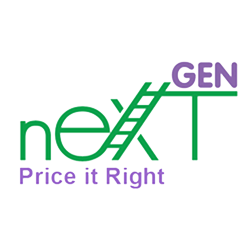In retail businesses, it’s safe to say that prices are invariably set by owners be they individuals or corporate, or by managers using pricing conventions provided by the ownership. This only makes sense as pricing is the revenue side of the bottom line.
When NextGen started working with resale stores, we expected to find the same. Much to our surprise, pricing in a number of children’s and women’s resale establishments is left largely to employees.
Prices set by employees are rarely optimum when compared to prices obtained by stores in comparable markets; they are most always on the low side. But as damaging as the profit loss commonly associated with employee under-pricing, is the price inconsistency that comes when employees are left to price largely on their own. The result is a loss of customer trust. With inconsistent pricing comes customer uncertainty that the tag price reflects value, and the consequent declination to pay the asking price ( i.e., buy) for items with unfamiliar labels. Translation > lost sales.
Owners need to own their pricing. While some employees who’ve been pricing welcome a company pricing system and the reduced anxiety that comes with it, others resist giving up this control. Indeed, NextGen has had a number of owners decide against the pricing system for fear of losing valued employees vested in the existing pricing—their pricing. Even with employee support, if customers are accustomed to employee under-prices, prices cannot be bumped abruptly. Prices must be adjusted incrementally in order not to sour longstanding customers. Fortunately, the mixed price/value association characteristic of most employee pricing practices, can effectively mask modest price changes.
The time is always right to take control of your pricing, … to take control of your business.

